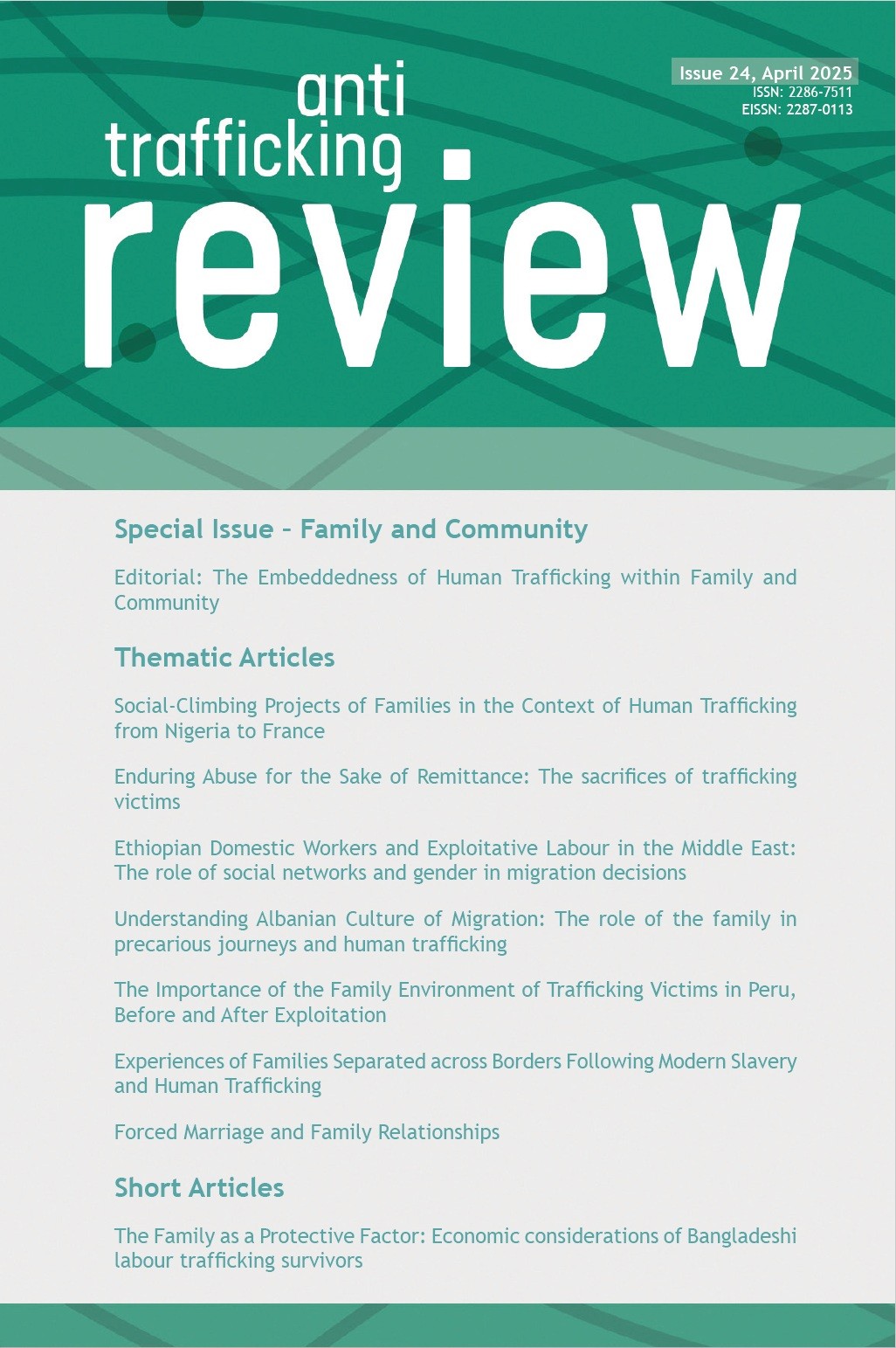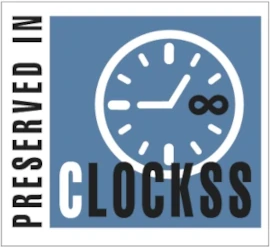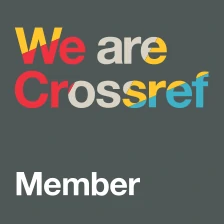Forced Marriage and Family Relationships
DOI:
https://doi.org/10.14197/atr.201225248Keywords:
forced marriage, family relationships, family and domestic violence, modern slavery, conflict workAbstract
Forced marriage was criminalised in Australia in 2013 and is considered a form of modern slavery and, less consistently, of family violence. Reports to date indicate that family members, particularly parents, are commonly responsible for coercing their children into marriage. Within a criminal framework, families are perpetrators, but this framing obscures complex family relationships, and the love, mutual care, and sense of duty that is often present within families affected. We interviewed eight women with experience of forced marriage and explored the histories of families as well as communication practices within families where coercion into marriage takes place. We reflect on what happens after an experience of coercion to marry, discussing both the resilience of the women as well as the reconfiguration of familial relationships that occurs when decision-making about marriage takes place. Interviews showed that ties between parents and their adult children can be enduring, even when difficult and requiring significant effort.
Metrics
Published
How to Cite
Issue
Section
License
Copyright (c) 2025 Anti-Trafficking Review

This work is licensed under a Creative Commons Attribution 4.0 International License.
The Anti-Trafficking Review has a policy of licensing under the Creative Commons Attribution License (CC-BY). Under the CC-BY license, the public is free to share, adapt, and make commercial use of the work. To protect our work and that of our authors, however, users must always give proper attribution to the author(s) and the Anti-Trafficking Review (i.e. with a complete bibliographic citation and link to the Anti-Trafficking Review website and/or DOI).
The Anti-Trafficking Review promotes the sharing of information, and we therefore encourage the reproduction and onward dissemination of articles published with us.








